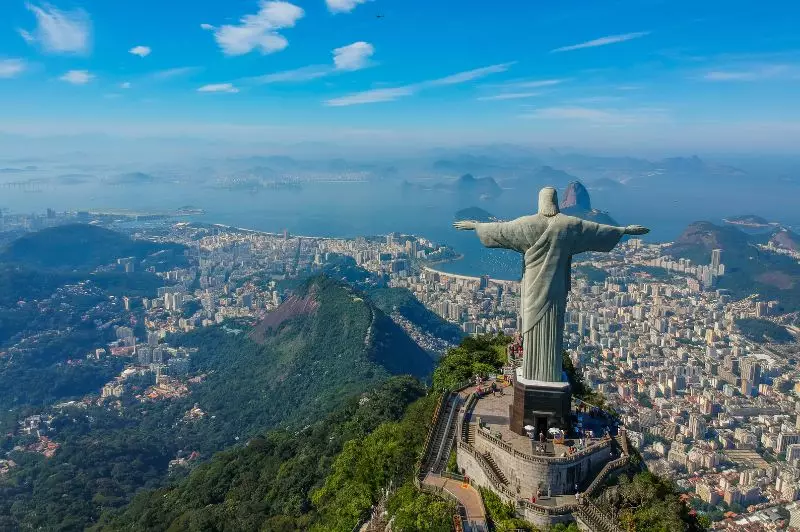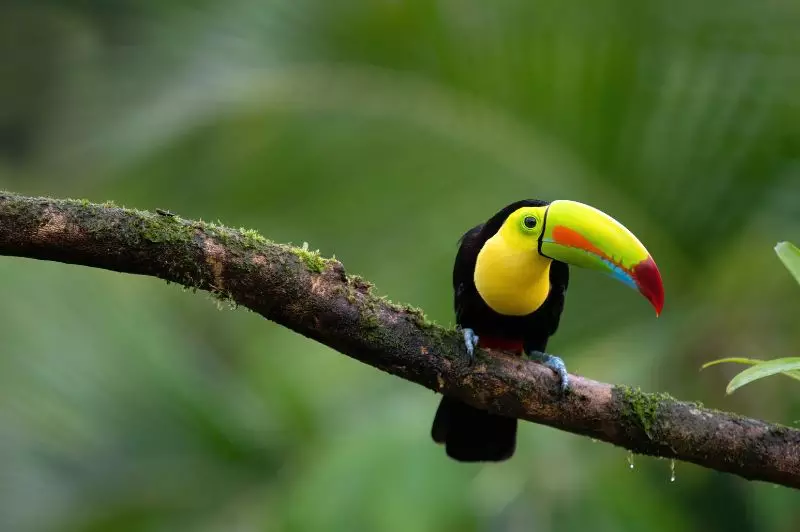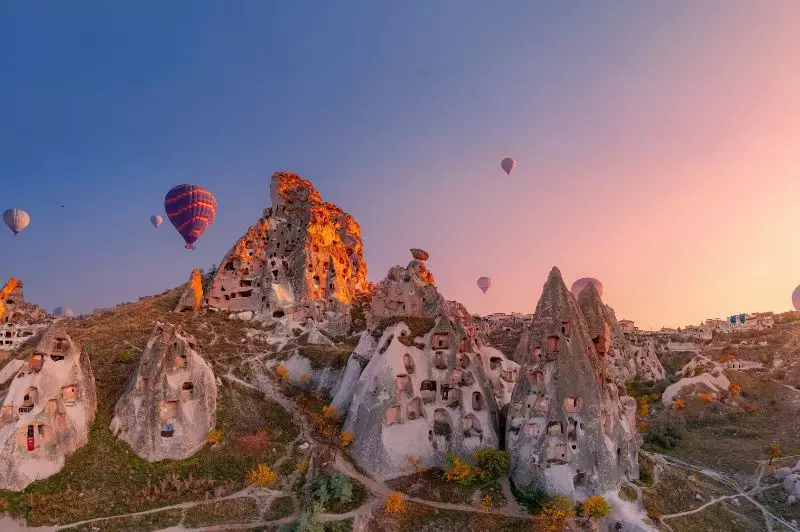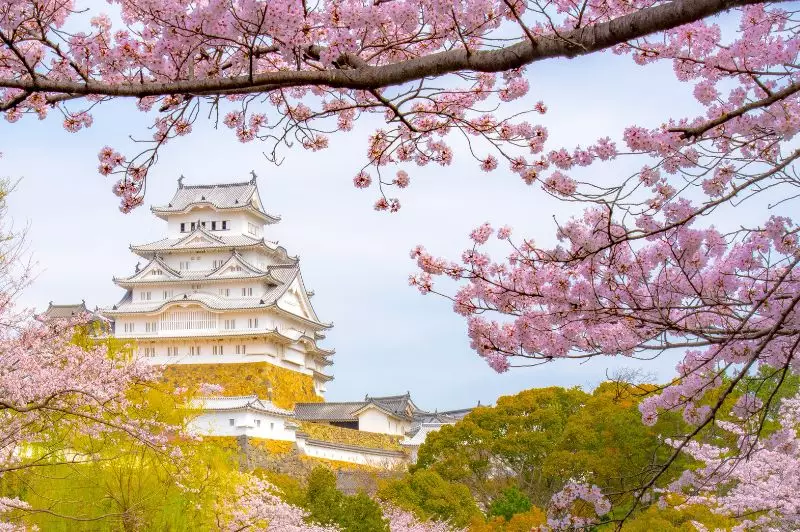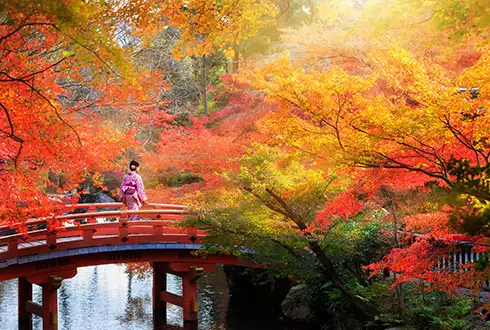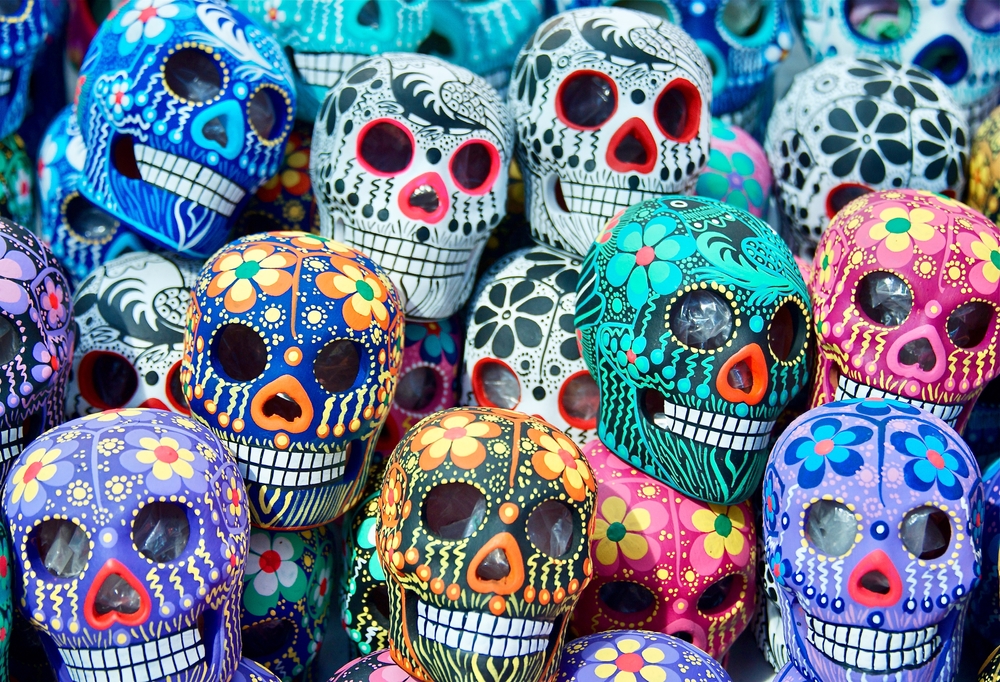
The Day of the Dead (Dia de Muertos) is, at its core, a celebration of the cycle of life and death and a reminder that life is fleeting. It is also a time when families honour and remember their deceased loved ones. Celebrated on the 1st and 2nd of November, outside of Mexico it has become somewhat associated with Halloween, but it’s a completely different vibe – not scary but joyful, welcoming the spirits of the deceased back into the family home to remind them that they are loved, respected and remembered.
With complex, ancient roots, Dia de Muertos is the quintessential Mexican festival, revolving around family, food and music. Recognised by UNESCO for its cultural significance, to experience it is to dive headlong into rich, heartfelt and wholly authentic Mexican culture.
Unique, unforgettable and genuine, read on to find out all about Mexico’s Day of the Dead…
The history behind the Day of the Dead
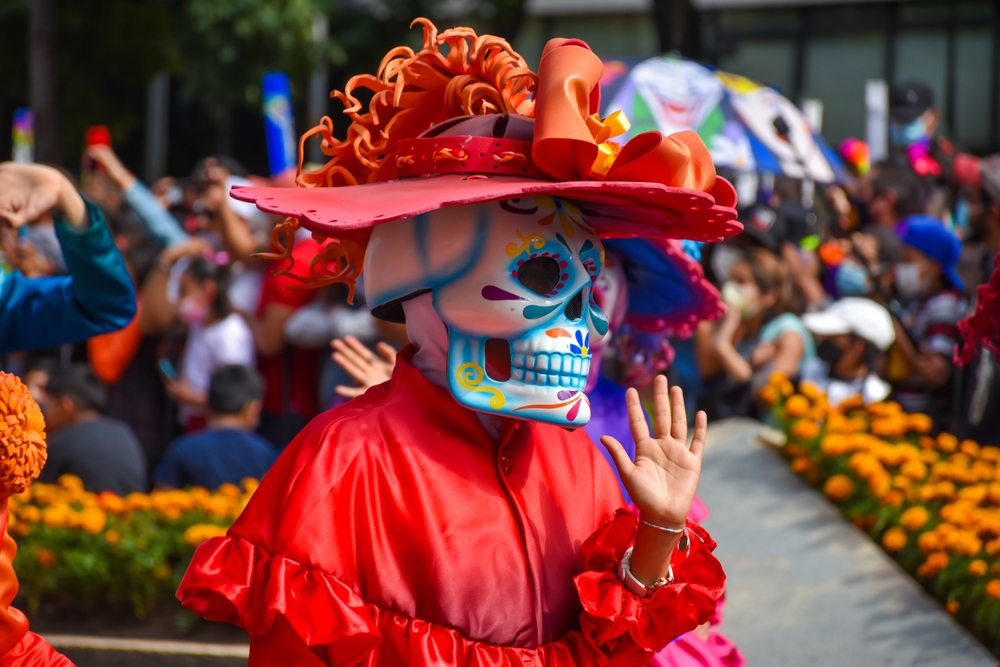
The origins of the Day of the Dead come from the ancient beliefs of the Toltec and Aztec people who lived in south and central Mexico long before the Spanish arrived. They worshipped multiple deities, including Mictēcacihuātl – goddess of death and ruler of the underworld Chicunamictlan. After death, the deceased would travel to Chicunamictlan and the living would leave offerings on alters to help the dead on this journey. The Toltec and Aztecs also believed that once a year, the spirits of the dead were able to return to their communities.
When the Conquistadors arrived in the 1500s, they bought Christianity and Catholicism with them and supressed the indigenous beliefs like those above. But when Mexico gained independence in 1821, they were bought back with gusto and over time were integrated into the belief system left by the Spanish. Where the indigenous celebration of the dead was once in the summer, it became combined with All Saints’ and All Souls’ days (1st and 2nd November), both days of feasting and remembrance, to become the Dia de Muertos that is celebrated today.
In the early 20th century, the iconic figure of La Catrina found her way into Day of the Dead lore. A high society lady with a skeleton face, feather boa and Victorian era clothing, she appeared in a satirical cartoon by Jose Guadalupe Posada in 1910, an embodiment of the reality that death spares no one, rich and poor alike. Once she became part of one of Diego Rivera’s huge murals, her place in history was cemented – many people dress as her today, and she has her own parade in cities like Mexico City and San Miguel de Allende.
How is the Day of the Dead celebrated?
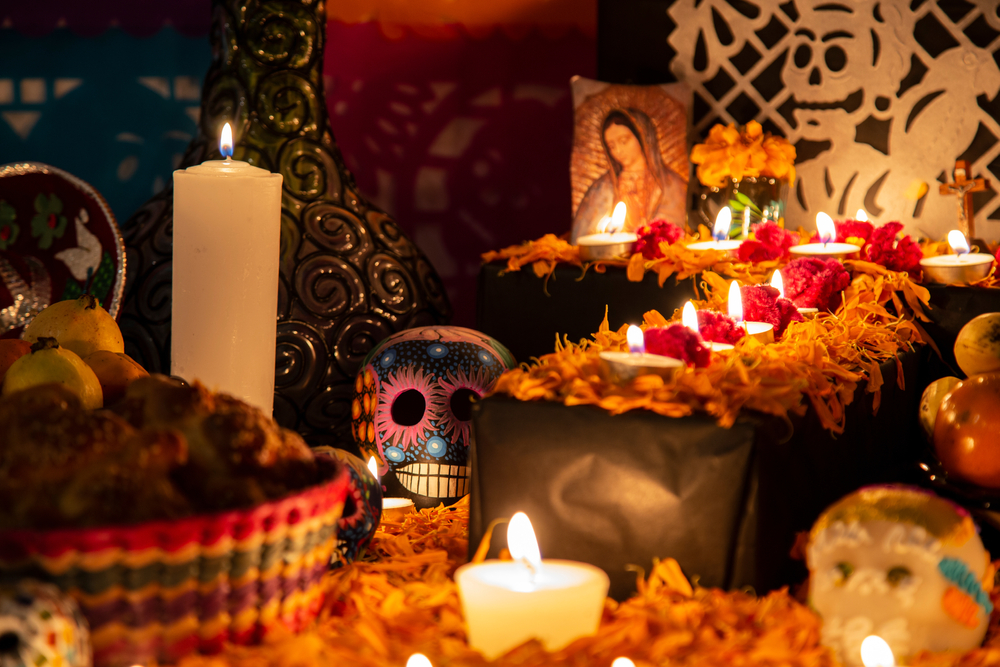
Each region of Mexico celebrates the Day of the Dead in their own ways, but there are common themes across the country, with the main days of festivities being 1st and 2nd of November. The 1st November is the Dia de los Angelitos/ Dia de los Inocentes, reserved for honouring dead children, and 2nd November is the Dia de los Muertos, when adults are remembered.
The Day of the Dead is first and foremost an intimate family occasion, so most families will set up a candlelit alter in their homes with ofrendas (offerings) to help guide the spirits back from the land of the dead. Whether simple or multi-layered, all alters have the same elements – photos of the deceased and items loved by the deceased, perhaps cookies and toys for children, or favourite foods and trinkets for adults. There may also be flowers (marigolds are the iconic flower and have been since ancient times, their colour and fragrance thought to lead spirits back home) crucifixes and colourful images of saints.
Families will also visit the cemetery, perhaps bringing a picnic or throwing a party; while there they will clean and decorate the grave(s) of their loved ones, sing songs and talk to the departed. Musicians will also tour the graveyards, pausing at individual plots to play the favourite music of the occupant.
The big parades with huge papier-mache sculptures of fantastical creatures – called alebrijes – and performers dressed as La Catrinas and calacas (skeletons) are a more recent addition to the festivities but are becoming increasingly popular, with parades, cemetery processions and street food popping up annually across the country.
It wouldn’t be a Mexican party without amazing food, and Day of the Dead is no exception. There are many regional variations, but you’ll find pan de muerto features universally. A cakey, egg-based bread, each pan is round, sprinkled with sugar and bone-shaped decorations, representing the cycle of life and death. Bakeries begin to prepare this ‘bread of the dead’ several days before the celebration so that families can buy it to place on their alters or to enjoy with tea or coffee.
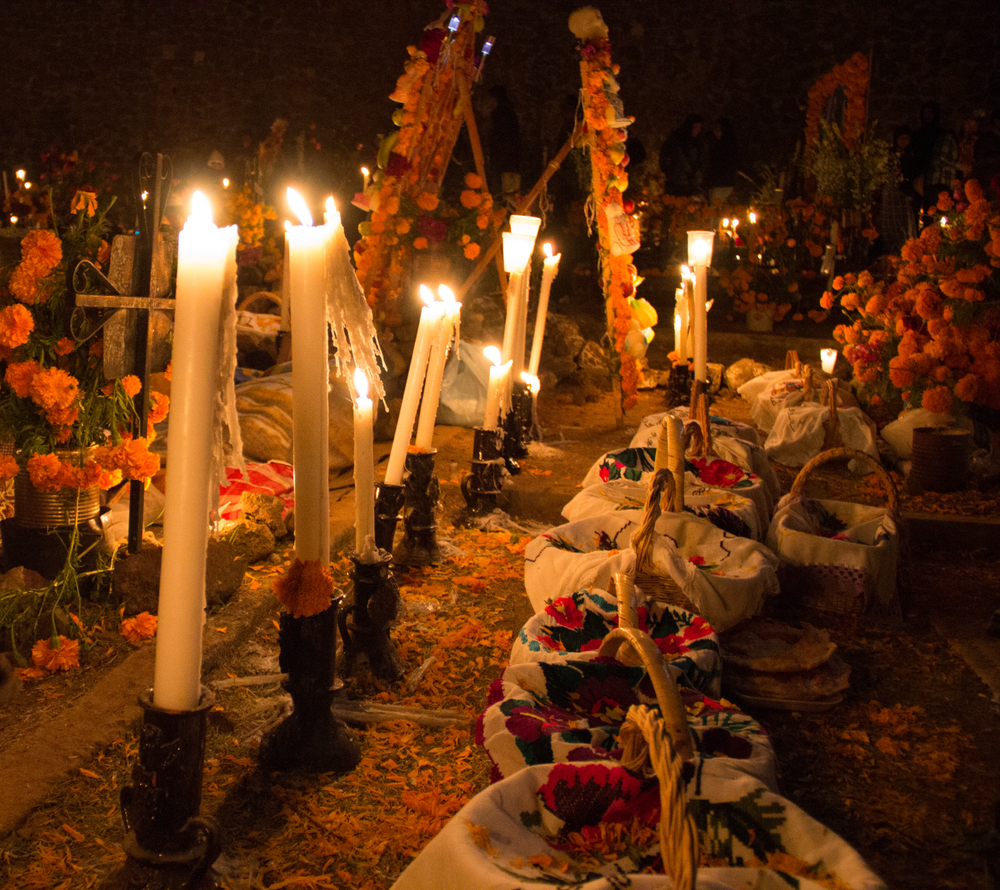
Where is the best place to join the festivities?
Wherever you are in Mexico during the Day of the Dead, you will be able to experience the traditional aspects of the holiday – the decorated graves in cemeteries, alters with ofrendas, marigolds and skull imagery. Don’t miss the markets that spring up selling sweet, skull-shaped treats and colourful items for alters and home decorations, for some fascinating browsing.
For those looking for a bigger experience, Mexico City is the place to be. On the night of 2nd November, grab a bag of sugar skulls and join the crowds gathered to watch colourful, elaborate floats, performers on stilts, dancing La Catrinas, marching bands, fantastical costumes and enormous puppets of famous figures from Mexico’s history passing along the Avenida Reforma – there is nothing quite like it!
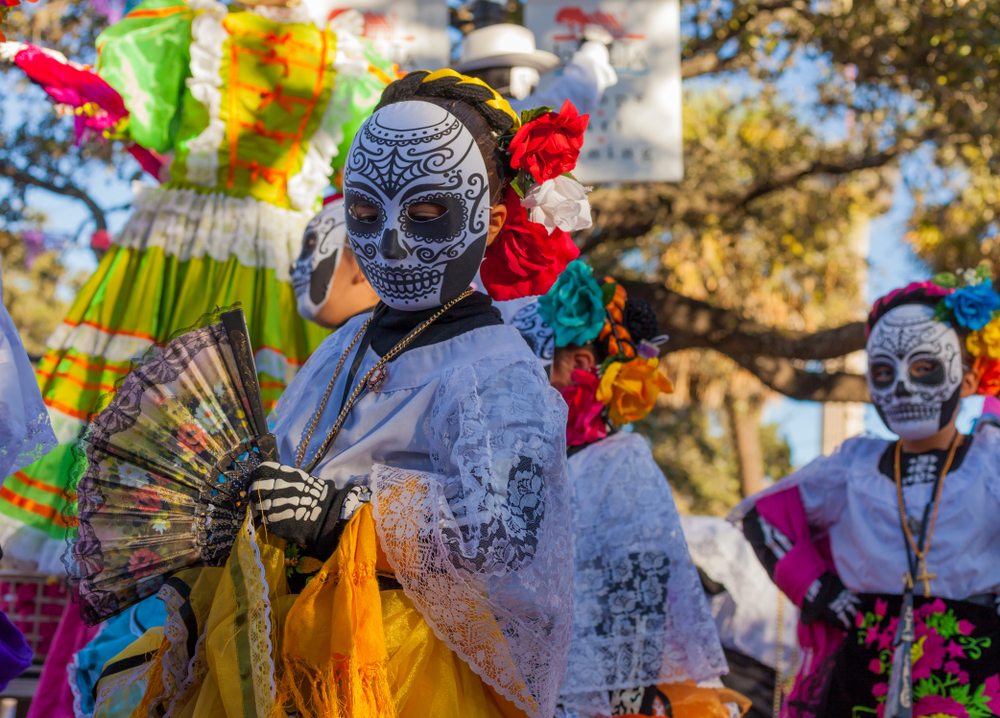
Wendy Wu Tours’ Grand Impressions of Mexico tour is a comprehensive tour of Mexico, exploring its cities, ancient sites, indigenous culture, authentic Mexican traditions, extraordinary nature and delicious gastronomy. The October departures in 2026 and 2027 feature a special ‘Day of the Dead’ itinerary, where you’ll be able to experience the festivities for yourself, including Mexico City’s huge parade and more intimate traditions too.

